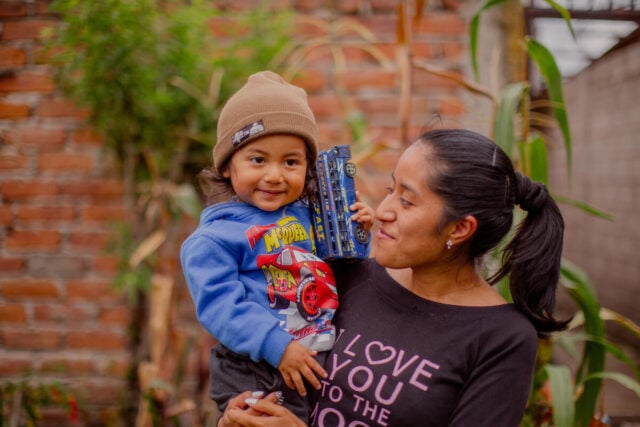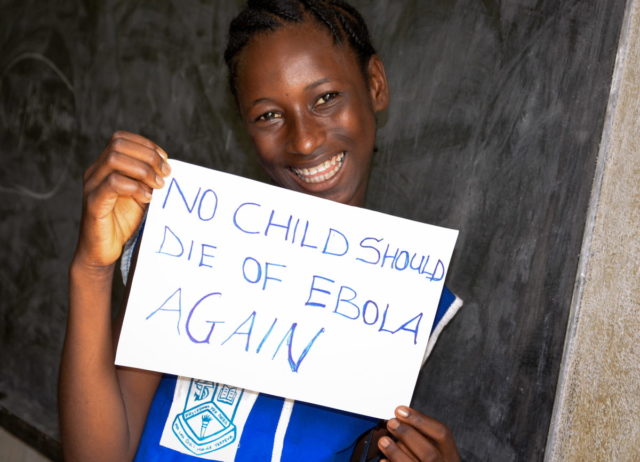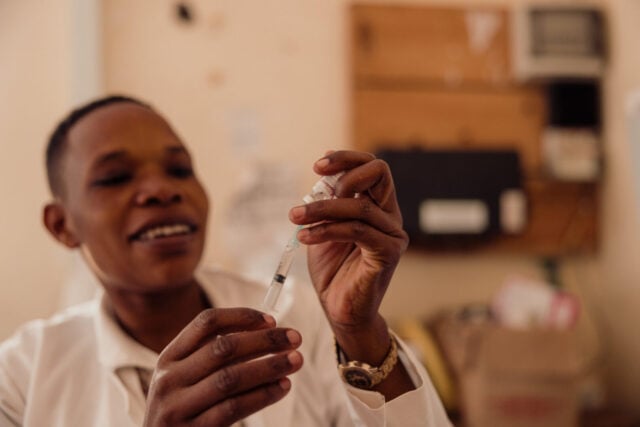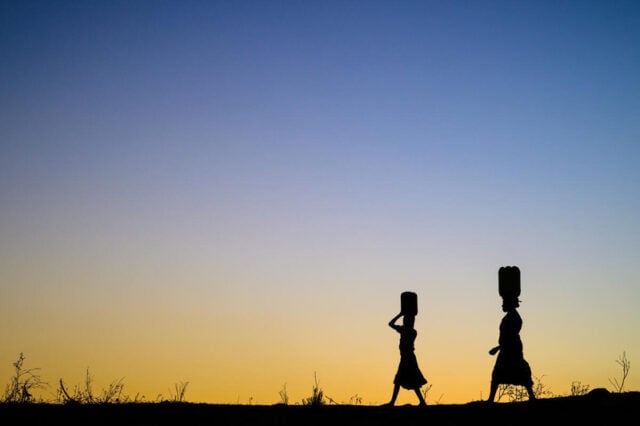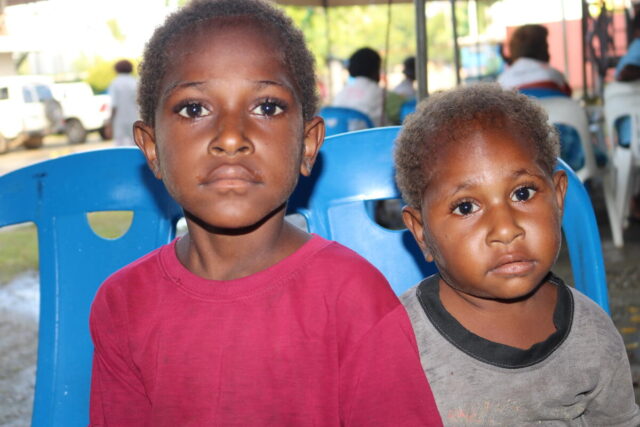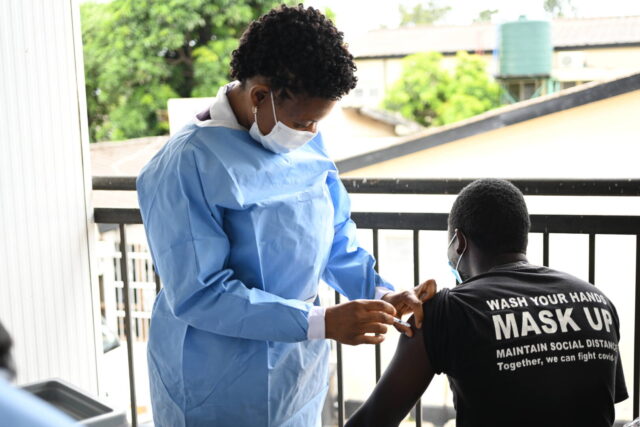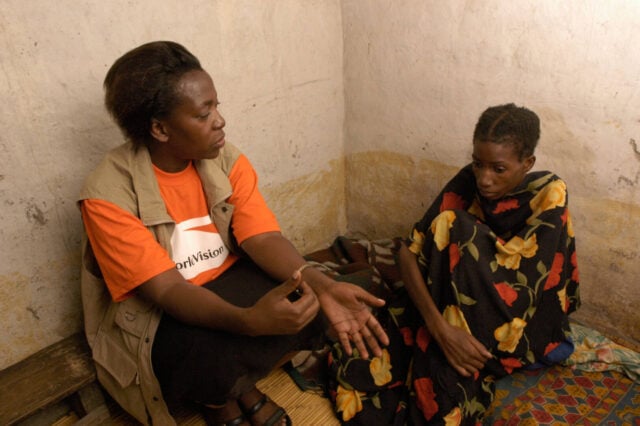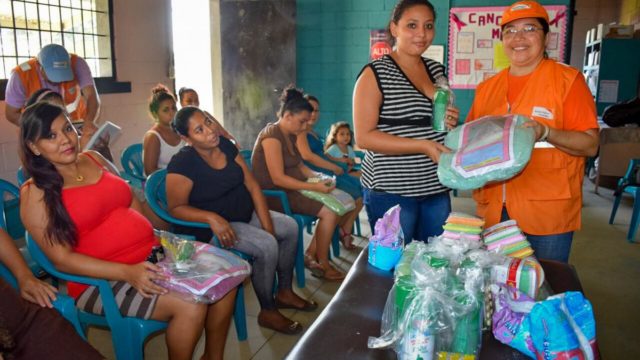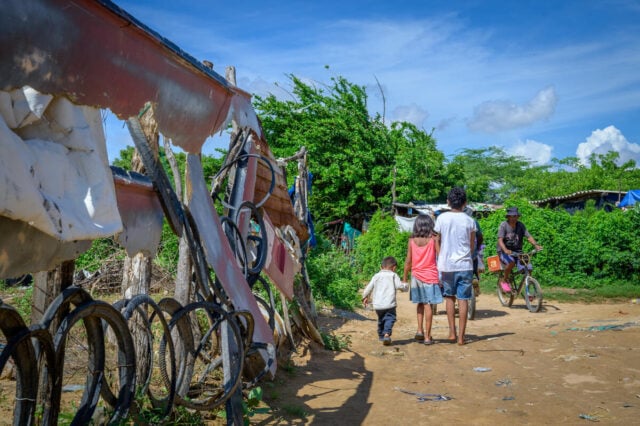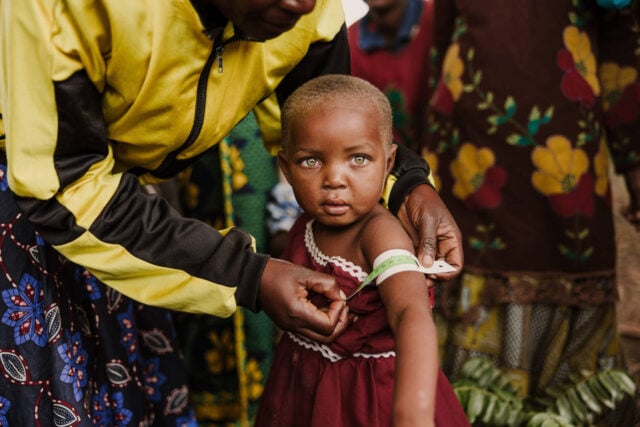In Riobamba, Ecuador, 2-year-old Erik’s family is working toward a healthier future with support from World Vision’s child sponsorship program. Through nutrition workshops and parenting training, they’re overcoming challenges and building a better life for their children.
News & Stories
Health
2025 Ebola virus outbreak: Facts, FAQs, and how to help
Explore frequently asked questions about the Ebola virus and World Vision’s response to Ebola outbreaks. Learn how we educate communities, support healthcare workers, provide child protection, and more in the fight against Ebola.
How World Vision helps communities prevent and treat infectious diseases
Infectious diseases threaten lives worldwide — especially in poor communities. Learn how World Vision helps communities prevent and treat infectious diseases while also working to slow the spread.
If we had clean water
Anzazi gave birth at a clinic that had no clean water. She had to wait four hours while her mother-in-law collected water for her to wash herself and her newborn.
5 facts about tuberculosis (TB) in children
Despite being a preventable disease, tuberculosis claims the lives of numerous children annually, either due to delayed diagnosis or lack of treatment. Discover key facts about TB, particularly in children, where the disease develops rapidly.
Coronavirus: Facts, FAQs, and how to help
The coronavirus pandemic and its respiratory disease, COVID-19, has profoundly and widely impacted the world since it emerged in late 2019. Beyond its health implications, the pandemic has threatened progress in reducing global poverty and income inequalities. Particularly concerning is the potential long-term impact on children. Learn more about the pandemic and how World Vision has responded worldwide.
A mother’s strength and an AIDS death sentence
Today in Africa, HIV and AIDS is no longer a death sentence due to antiretroviral medications. A World Vision communicator shares her perspective of the HIV and AIDS epidemic in the 90s and 2000s, when it was a much different story — a tragic story for women like Grace.
Zika virus: Facts, symptoms, and how to help
Discover essential information about the mosquito-borne Zika virus, including the symptoms, prevention, and the significant 2015–2016 outbreak. Learn how Zika can cause serious birth defects like microcephaly. And find out the latest update on Zika.
Global poverty: Facts, FAQs, and how to help
Poverty remains one of the most pressing challenges in our world, with nearly 9% of the global population living on less than $3.00 per day. Read to find answers to your questions about poverty, learn about how we define poverty, find out what World Vision is doing to help end extreme poverty worldwide, and learn how you can help.
Matthew 25: Prayer for children’s health
As we recognize World Health Day on April 7, join us in prayer for the health of all of the world’s children, especially those who lack access to adequate healthcare and struggle to thrive.
